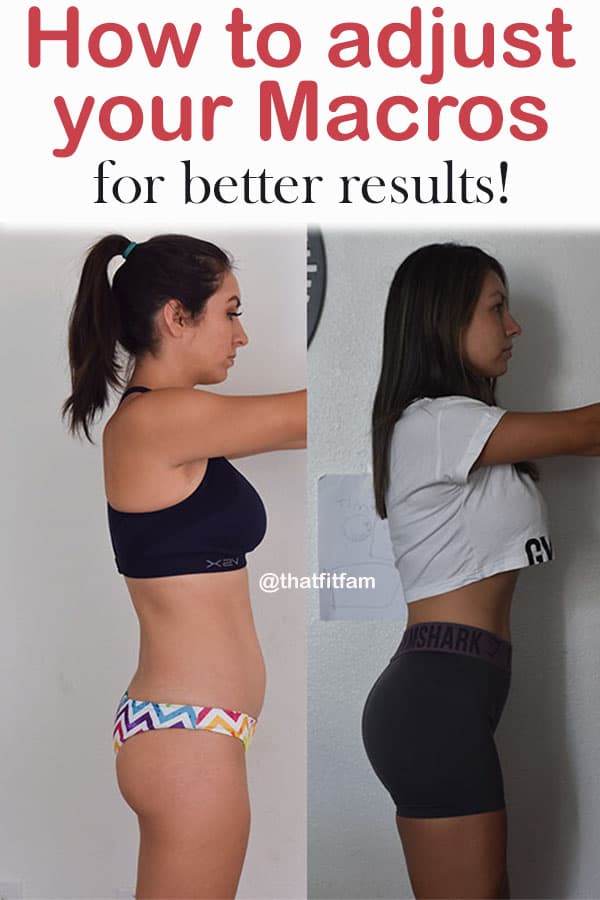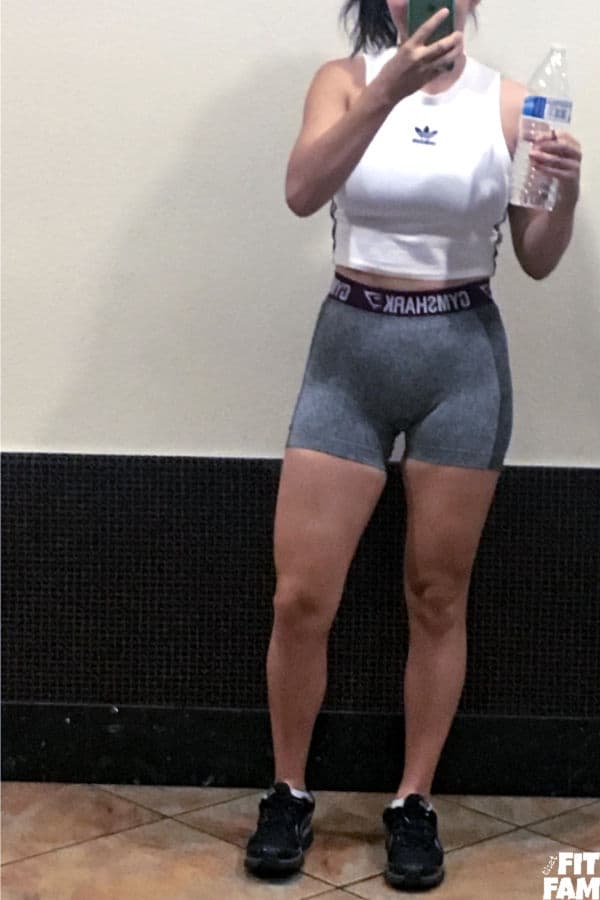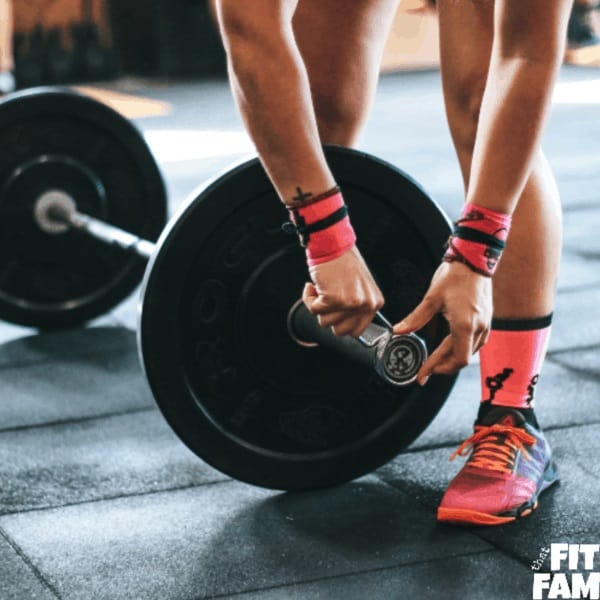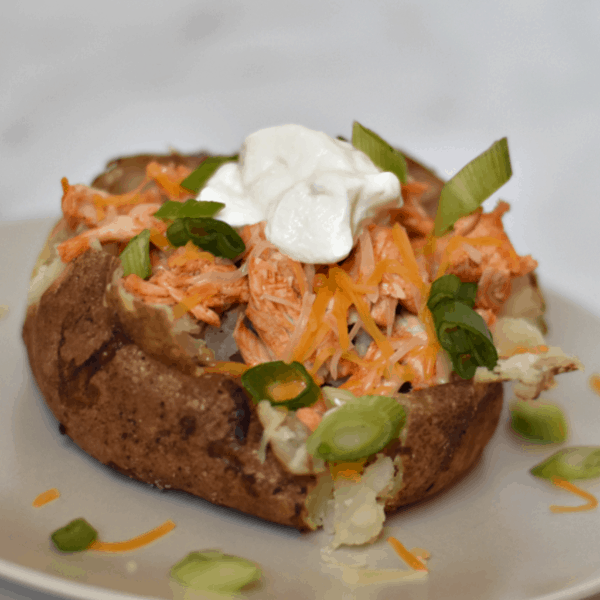
I’ve stated prior to that we have actually been following IIFYM for over 4 years. It’s true. It doesn’t imply we’ve been in a deficit for 4 years.
A majority of that time I’ve actually been at maintenance and often in a caloric surplus. I’ve likewise been at a deficit.
The quantity of foods and the macro splits you utilize will vary based upon your objectives and you.
In my beginner’s post , I briefly went over a couple of macro splits that are based on portions. The reality is, there is no 1 size fits all portion to use.
That’s fine since I am going to describe how you can customize your macro split based on you and your goals.
Towards the bottom of this post, I will summarize the precise steps I would take while changing my macros. Initially I want to talk about the rules involved and why they are rules.

Guidelines for changing your macros:
1 gram of protein per pound of bodyweight.
This is the general guideline. If you are overweight, the exception to this is. You would rather aim for 1 gram per pound of lean mass.
I would even argue, that in any case (obese or not) it ought to be 1 gram per pound of lean body mass.
I would, personally, never consume more than 130 grams of protein. A professional body home builder will most likely advise otherwise, but a body contractor body isn’t everyone’s goal.
I currently weigh 128 pounds. When I am cutting (calorie deficit), I do my finest to strike those high protein numbers because protein keeps you fuller.
Conversely, if I’m in a bulking or maintenance phase, I can keep my protein a little lower (around 105 grams) since I have plenty of other calories to keep me complete.
That means when I remain in an upkeep or bulking stage, I’ve reduced my protein to about.8 grams per pound. That is lots of protein to construct and preserve muscle. Compare that to the 1 g per pound which is advised while cutting.

Why is it more throughout a cut?
Initially, like I mentioned formerly it will keep your appetite at bay. And secondly, since protein requires more energy to digest than carbs & & fats. So that generally suggests, you retain less of the calories coming from protein. Therefore, having a higher protein goal when you’re attempting to lose fat is simply smarter.
If your vegetarian or vegan:
Your protein goal will be lower and that’s fine.
The.8-1 gram per pound is a generally accepted guideline in the U.S. The bare minimum quantity of protein needed is.8 per KG, which is closer to 36 grams protein per pound. As you can see there is a pretty big range to work with and ultimately you need to do what works best for YOU.
From experience, I have actually discovered higher protein helpful on a cut for the reasons mentioned above. I have also discovered it assists with my recovery after difficult exercises. When I’m not cutting, I’m not so stringent on my protein consumption & & set a lower objective.

30% calories from fat.
This is another rule to follow when changing your macros. Generally 30% of your total calories need to come from fat. You do not desire to dip lower than that or you risk messing with your hormones.
Since it is a percentage, the grams will vary as you increase or decrease your calorie consumption.
The precise number is actually.4 g fat per pound of body weight, but I discover that using a percentage offers me a few extra fat grams than using the.4 numerous.
The rest of your calories come from carbs.
Again, this will vary based upon the number of calories you consume. This is where you will see the most fluctuation when changing your macros.
On a cut, I might only consume 150 g carbs and on a bulk I might take in upwards of 220 g with my protein and fat consumption barely changing at all.
Fun Reality Prior to, I mentioned protein needing the most energy to absorb. If you ever require a diet break it is best to eat way too much on protein and carbs rather of anything else. buffalo chicken baked potatoes. are perfect for that!

How to apply the guidelines
When adjusting your macros, you need to have a base set of numbers to go off of.
- Depending upon your objectives, either decrease or increase your calories by about 100 calories to begin.
- Keep your protein the very same.
- Make sure your fats are set to 30% of your brand-new calorie objective. They should only alter somewhat.
- The rest of your calories will come from carbs.
- Wait 2 weeks before changing once again (if required).
The only factor you should ever need to adjust your macros is if your existing numbers are no longer working for you. Since you altered goals or you altered body composition, this might either be.
Article source: https://www.thatfitfam.com/how-to-adjust-your-macros/
